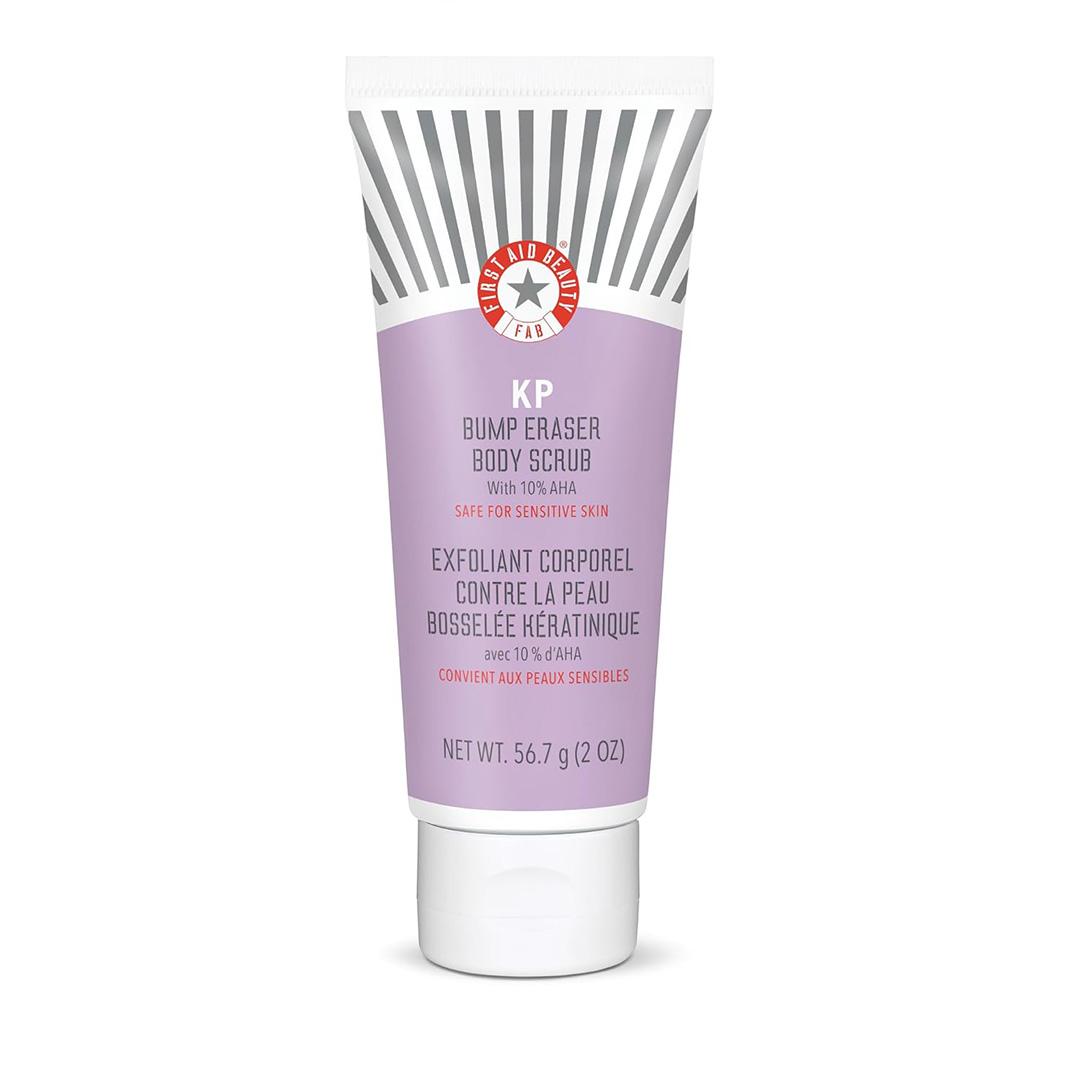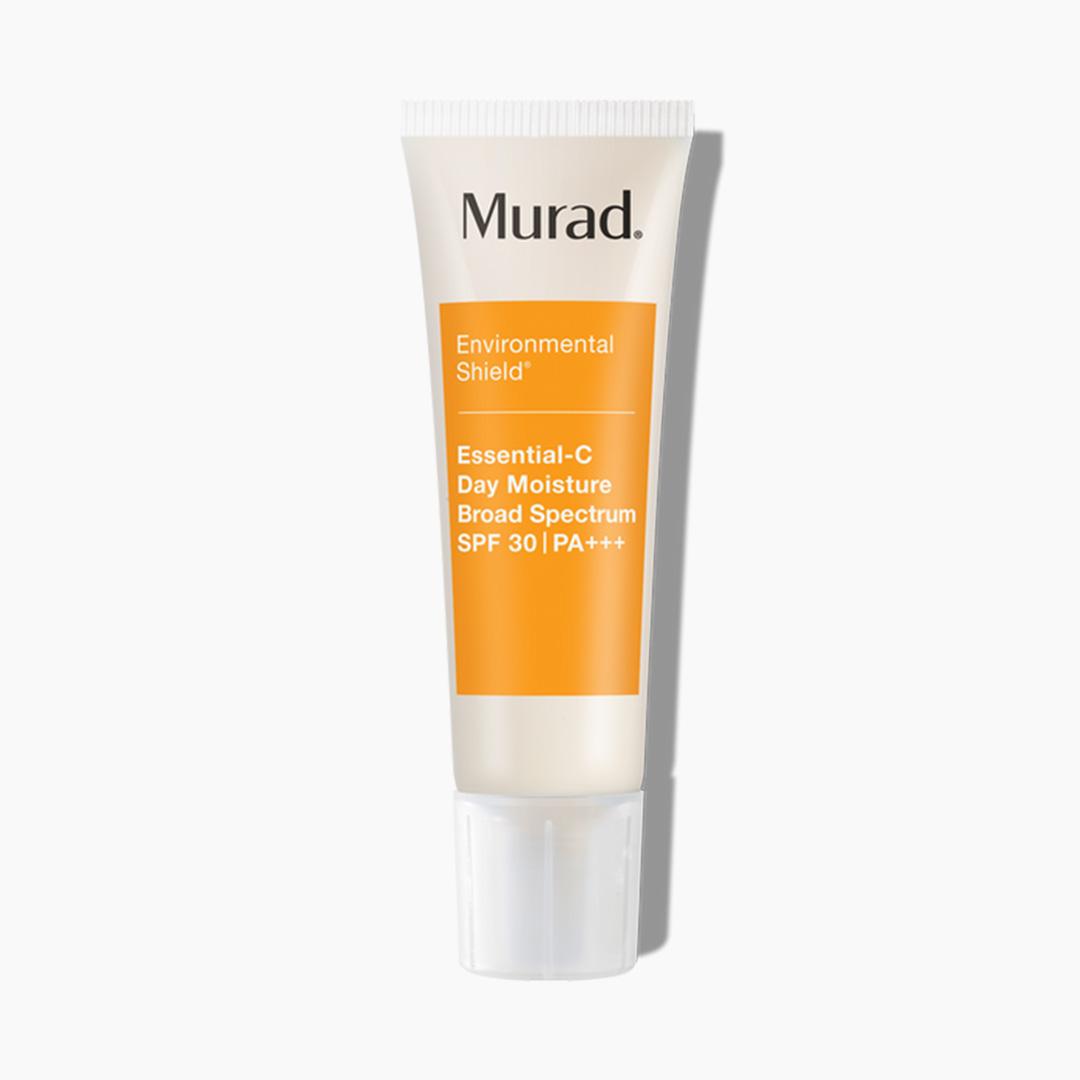Get to Know Stearic Acid for Skin—A Lesser Known Ingredient With a Whole Lot of Benefits



Dahvi Shira


We’ve seen the terms hyaluronic acid, salicylic acid, glycolic acid, lactic acid, AHA (alpha-hydroxy acid, and BHA (beta-hydroxy acid) commonly used in skincare for years. But stearic acid for skin? Much lesser known. Lately, we’ve seen it pop up more frequently in cosmetic products we love, so it’s time to shed light on the rising multihyphenate that sits so nicely on our skin’s surface.
We spoke to several skin experts who break down the key components of stearic acid that performs much differently than the acids mentioned above. Spoiler alert: If you have dry skin, eczema, water loss, or a compromised skin barrier, you’ll want this ingredient in your skincare routine stat.


It's about glam time you treated yourself.
MEET THE EXPERT
What Is Stearic Acid?
If you’re looking for a direct definition of stearic acid, it’s considered, “a long-chain saturated fatty acid that occurs naturally in various animal fats and plant fats like cocoa butter and shea butter, for example,” says Hans Drouin, PhD. “The production of the ingredient involves the hydrolysis of fats and oils.”
Ok, so what does this mean, exactly? “This means it’s able to bind together ingredients that would typically separate, like oil and water,” explains skincare brand founder Nancy Schnoll, who uses plant-based stearic acid in her REFLEKT Smoothing Squalane Eye & Lip Treatment Cream.
If you were to categorize this versatile ingredient, “It’s known in the cosmetic industry as an emulsifier, cleanser, emollient, and formula stabilizer,” Dr. Drouin says.
Furthermore, ACADERMA skincare founder Shuting Hu, PhD, says stearic acid is comparable to cetyl alcohol, glycerin, and myristic acid, which also boast moisturizing properties.
What Are the Skin Benefits of Stearic Acid?
Because the ingredient falls into so many categories, you can imagine there are quite a few benefits of stearic acid for skin.
• Stearic Acid Moisturizes
Stearic acid acts as an emollient, which means it helps soften and soothe the skin. “When applied topically, it forms a protective barrier that prevents moisture loss, keeping the skin hydrated and supple,” explains Dr. Drouin. “By helping maintain the skin's natural moisture barrier, the ingredient can protect the skin from environmental stressors and irritants.”
• It Thickens and Hardens Formulas
In cosmetic formulations, stearic acid is often used as a thickening agent. “It gives creams, lotions, and other skincare products a rich, creamy texture,” Dr. Drouin says. “This helps improve their spreadability and enhances the overall sensory experience. In bar soap, it’s often the stearic acid that helps the solution solidify into bar form.”
• Stearic Acid Has Cleansing Properties
Stearic acid also works as a mild surfactant, meaning it can help cleanse the skin without stripping it of its natural oils. “It helps remove dirt, excess oil, and impurities from the skin, making it useful in facial cleansers and body washes,” Dr. Drouin says.
• Stearic Acid Stabilizes Formulations
Think of stearic acid as a building block for certain formulations. Sometimes its use isn’t designed for efficacy itself, but rather to ensure certain ingredients can remain effective together. “When combined with other ingredients, stearic acid helps stabilize formulations,” Dr. Drouin says. “It prevents the separation of oil and water phases, ensuring that products remain well-mixed.”
Are There Any Side-Effects?
AHAs, BHAs, and lesser known PHAs (polyhydroxy acids) can have adverse effects on people with sensitive skin or with overuse of a particular product. Because stearic acid, on the other hand, doesn’t fall into the aforementioned trifecta of chemical exfoliants, you don’t necessarily need to proceed with caution. While used differently than hyaluronic acid, both stand alone when it comes to acids with non traditional benefits.
“This ingredient is safe for all skin types,” says Dr. Hu. “It’s known to be safe for sensitive skin, and soothes redness or irritation through its moisturizing properties. But, to be safe, I always recommend doing a patch test on the skin before implementing any new skincare product into your routine, as individual reactions can vary.”
Like any powerful skincare ingredient, too much of a good thing can very well exist. Dr. Drouin says people with oily skin should avoid going overboard. While stearic acid isn’t highly comedogenic, excessive use can indeed clog pores.
How to Use Stearic Acid for Your Skin
You could be incorporating stearic acid into your routine without even knowing it. According to Dr. Drouin, it’s found in moisturizers, sunscreens, makeup, soaps, and baby lotions (just to name a few).
“It’s a versatile ingredient found in a wide range of personal care products,” says Dr. Drouin, adding that it helps with product consistency while also ensuring smooth application and protection for delicate skin. The ingredient can serve double-duty in makeup, for example, where it helps foundations, powders, and mascaras maintain their consistency, while also making it so the product glides on slick and seamless.
Best Skincare Products With Stearic Acid
1. Best Full-Body Exfoliant With Stearic Acid:
FIRST AID BEAUTY KP Bump Eraser Body Scrub With 10% AHA


While designed with KP (keratosis pilaris aka chicken skin) in mind, this powerful acid-packed exfoliant serves as a solid full-body exfoliant all around. Our IPSY community raves about the scrub, with user rachelle_kt25 commenting, “This scrub WORKS. I love it for the back of my legs, ankles and elbows.”
2. Best Face Wash With Stearic Acid:
ORIGINS Checks and Balances Frothy Face Wash


If you want your face to feel purified, balanced and refreshed (duh!), this one’s for you. Additionally formulated with kelp extract, wheat proteins, and tourmaline, just one use of this science-backed standout will have you feeling rejuvenated. “Theres nothing bad to say about this classic,” says IPSY user tjones4585. “It’s perfect for us girlies with imperfections.”
3. Best Facial Exfoliant With Stearic Acid:
SUNDAY RILEY Good Genes All-In-One Lactic Acid


You’re probably well-aware of this iconic skincare staple, but here’s your gentle reminder. This exfoliating treatment unclogs pores, plumps skin, and fades dark spots. While powerful, it’s still considered safe and effective for all skin types. In fact, IPSY user puffylujano raved, “I can def see an immediate difference when I use this serum on dull, tired skin.”
4. Best SPF With Stearic Acid:
MURAD Essential-C Day Moisture Broad Spectrum SPF 30 PA+++


Everyone needs SPF in their beauty bag, so why not go with a dependable, science-backed pick? Lightweight, hydrating, and infused with vitamin C as an added bonus, you just can’t go wrong here. Added bonus? It doubles as a moisturizer. “This brand is phenomenal,” IPSY user Gnarlene commented. “Super gentle on your skin but amazingly efficient.”
Want in on all the IPSY skincare fun and more? Take our Beauty Quiz now to get started with your own IPSY beauty subscription. Already an IPSY member? Refer your friends to earn points, which you can use toward products. Either way, don’t forget to check us out on Instagram and TikTok @IPSY.
Like this article? Share it with your friends by clicking the icons below!
Liked this post? Share!
Related Stories


Ingredient Index
Why Argan Oil Is the Versatile Ingredient Everyone Needs in Their Beauty Routine
Published on Oct 15, 2025 • 8 min read


Ingredient Index
Every Skincare Ingredient You Should (and Shouldn’t!) Use With Vitamin C
Published on Oct 2, 2025 • 9 min read


Ingredient Index
No, Not All Peptides Are the Same, But All Are Beneficial
Published on Aug 12, 2025 • 4 min read


Ingredient Index
Top Anti-Inflammatory Ingredients to Soothe Irritated Skin
Published on Aug 5, 2025 • 6 min read


Ingredient Index
Iron Oxides Are the Skin-Protecting Ingredients Your Routine Has Been Waiting For
Published on Mar 14, 2022 • 3 min read


Ingredient Index
Galactomyces Is the Latest Skincare Ingredient You’re About to See Everywhere
Published on Jul 10, 2025 • 3 min read


Ingredient Index
Everything to Know About the Gentle Healing Ingredient Bisabolol
Published on Jul 10, 2025 • 6 min read


Ingredient Index
Yes, You Should Be Using Adapalene If You Have Acne
Published on Jul 10, 2025 • 4 min read


Beauty Picked Just for You
Get 5 products worth up to $70
Plus exclusive access to epic deals up to 80% off
Starting at just $14/month. Cancel anytime.